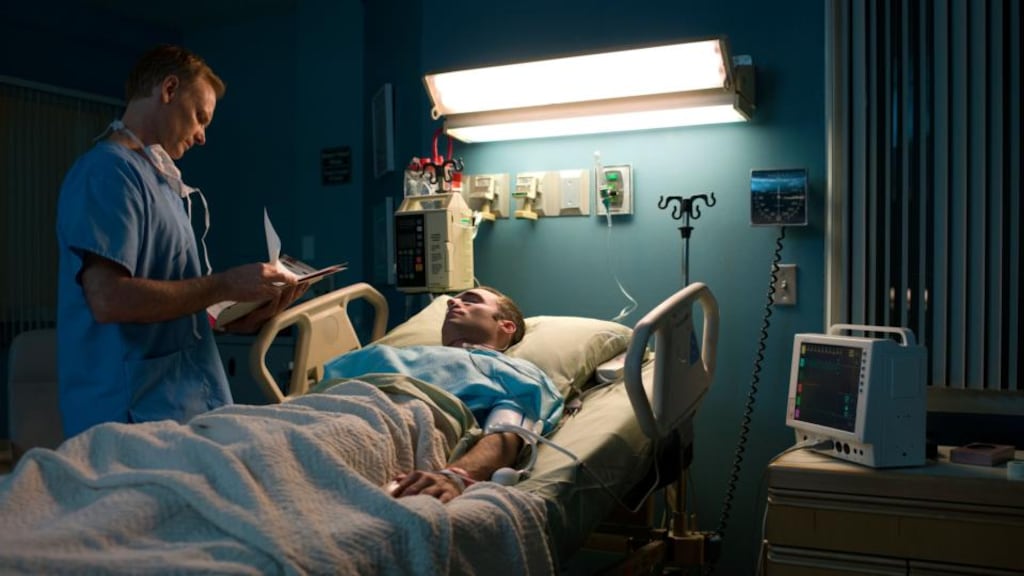The scores recorded in the HPat assessment for medical school entry have fallen for the second year in a row.
A student getting 194 marks (out of 300) in the Hpat in 2013 had 10 per cent of students ahead of them, whereas this year and last a student on 188 marks had only 5 per cent of students scoring higher than them.
Last year’s results lead to a drop of 14-18 in the Central Applications Office (CAO) points needed for a place in medicine. Given the pattern of HPat scoring published on Monday, the points required are likely to be at a similar level to last year when the CAO publishes its first round of college offers on August 17th.
According to information on the Hpat Ireland website , in 2013 the top score in the Hpat was 222, whereas this year the highest mark is shown as 212. But the graph of results on Hpat Ireland's site is slightly unclear, and it appears a very small number of students may have scored higher than 212.*
The Health Professions Admission Test-Ireland (Hpat) was first used in Ireland in 2009, as a suitability assessment for medical students, which is taken alongside their CAO points in applications for undergraduate medicine in the five Irish medical schools. It tests logical and non-verbal reasoning and inter-personal understanding.
The reduction in Hpat scores is a direct consequence of changes introduced into the assessment in 2014, following a review by the council of deans of medical faculties and the Higher Education Authority.
The review examined the first three years of the HPat process and found candidates who repeated the HPat are likely to improve their score in all three sections of the test, but particularly in section 3 (non-verbal reasoning).
As a consequence the weighting of section 3 of the HPAT was reduced to 20 percent of overall marks (down from one-third of the marks).
Points drop
This one change led to lower Hpat scores in 2014 and is the sole reason for the considerable drop in CAO points needed for entry to medicine last year.
A further finding of the report was that over a third of medical school entrants had repeated the HPat. This greatly undermined the argument that the assessment is a predictor of suitability for medicine, which could not be effected by intense test preparation.
Since the introduction of HPat there has been a trend for students to spend time and considerable sums on Hpat preparation courses to improve their performance. This year’s results show the benefit of intensive grinds in diminished, given the reduction in the weighting of section 3.
The report also found many of those who got an undergraduate medical place after repeating the HPat, were then dropping out of another undergraduate course which they had originally accepted. Many of these science or medical- related programmes were left with empty places from 2nd year onwards after students changed to medicine after repeating the Hpat.
Over the coming 10 days all CAO applicants are reconsidering their course options, and those who had listed medicine will assess whether their HPat score puts them within striking distance of an offer in August.
Students can list 10 higher degree options on their forms and are advised to cover all possible outcomes of the Leaving Cert in August, including medicine, whose points are likely to stay at the same lower level as last year .
* Hpat is an Australian organisation and has no representative or media contact in Ireland (the only contacts on the Hpat Ireland site are Australian). On Monday June 23rd we requested more information and the figures from the charts from Hpat, but this was not supplied.











